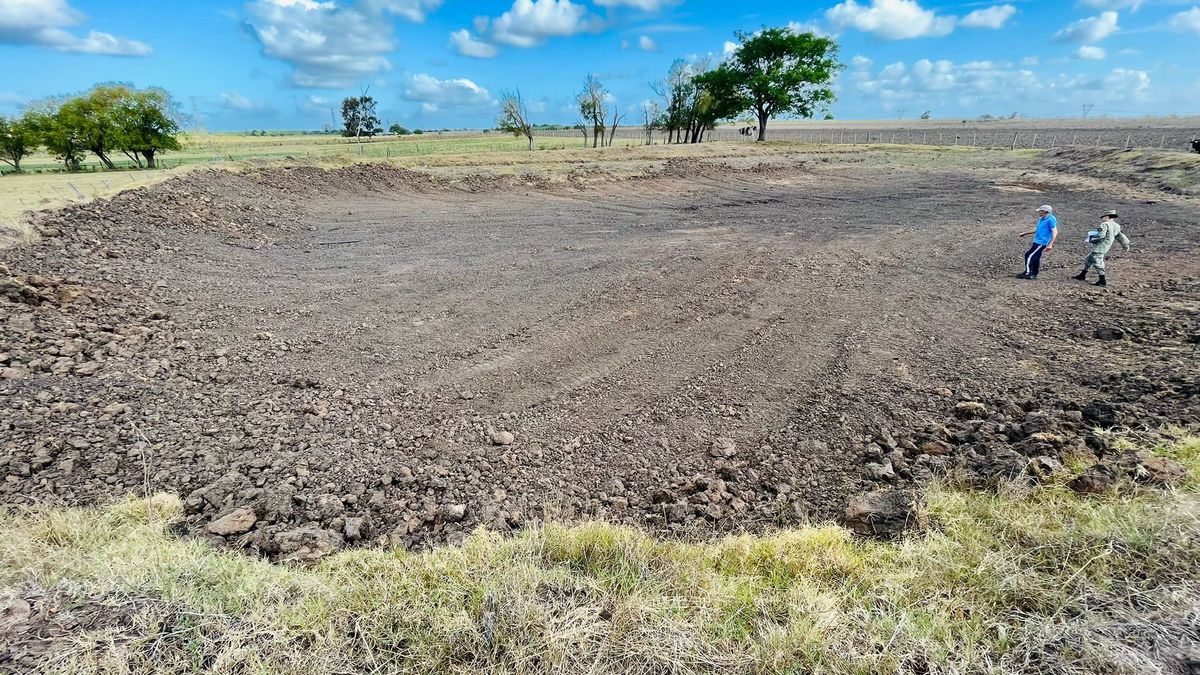In the sector there is “more demand than supply”, they pointed out from Indarte & Cía, minimizing the impact of the climatic phenomenon.
He fields market finds itself with “more demand than supply” and with the prices moderately upward, as estimated by the director of Indarte & Cía, Fernando Indarte, which reflected so that the impact of the worst drought of the century.
The content you want to access is exclusive to subscribers.
For Indarte, the shortage of supply in Uruguay “For some time now it has made it difficult” to carry out operations in the sector, although, in dialogue with Punto de Equilibrio Carve, he clarified that “this does not mean that transactions are not carried out”, he maintained that the most chosen land is south of the Black river and stressed that “the closeness of Montevideo It weighs a lot.”


Specifically, regarding the values, he specified that the prices of the fields they are of 10,000 dollars per hectare in the case of agricultural located to the south of the Negro river; from 3,000 to 3,500 dollars per hectare for ranchers in the same area; and 3,500 dollars per hectare for foresters. Meanwhile, the agricultural ones located to the north go from 8,000 to 9,000 dollars per hectare and the ranchers in the order of 2,500 dollars.
Echoing these estimates, the economist aldo motto stressed that “despite the drought and the lower margins in the agro-livestock and forestry sectors, the prices of land and rents would have continued to rise in Uruguay during 2023”.
In the same sense, when technically analyzing the issue, Motto He indicated via Twitter that “if an investor buys or maintains Uruguayan land, it is because he considers that its return-risk ratio (Sharpe ratio) fits within his possible (optimal) portfolio, given his utility function.”
https://publish.twitter.com/oembed?url=https%3A%2F%2Ftwitter.com%2FAldoLema_uy%2Fstatus%2F1689256538928504832&partner=&hide_thread=false
The drought “did not affect” farm leases, Indarte said
indarte assured that the impact of the drought, with millions in losses, “did not affect” agricultural leases. “The producers who could raised the meager harvest,” he insisted, while specifying that the value of the lease “remains the same” and the climatic phenomenon found the sector “well off” financially.
On the other hand, as regards the order of priority, rainfed agricultural fields appear first, then forestry fields and finally cattle fields. Meanwhile, among the potential investors appear first the Europeans, then uruguayans and finally “Argentines who already have their armed farms in Uruguay”.
Source: Ambito




